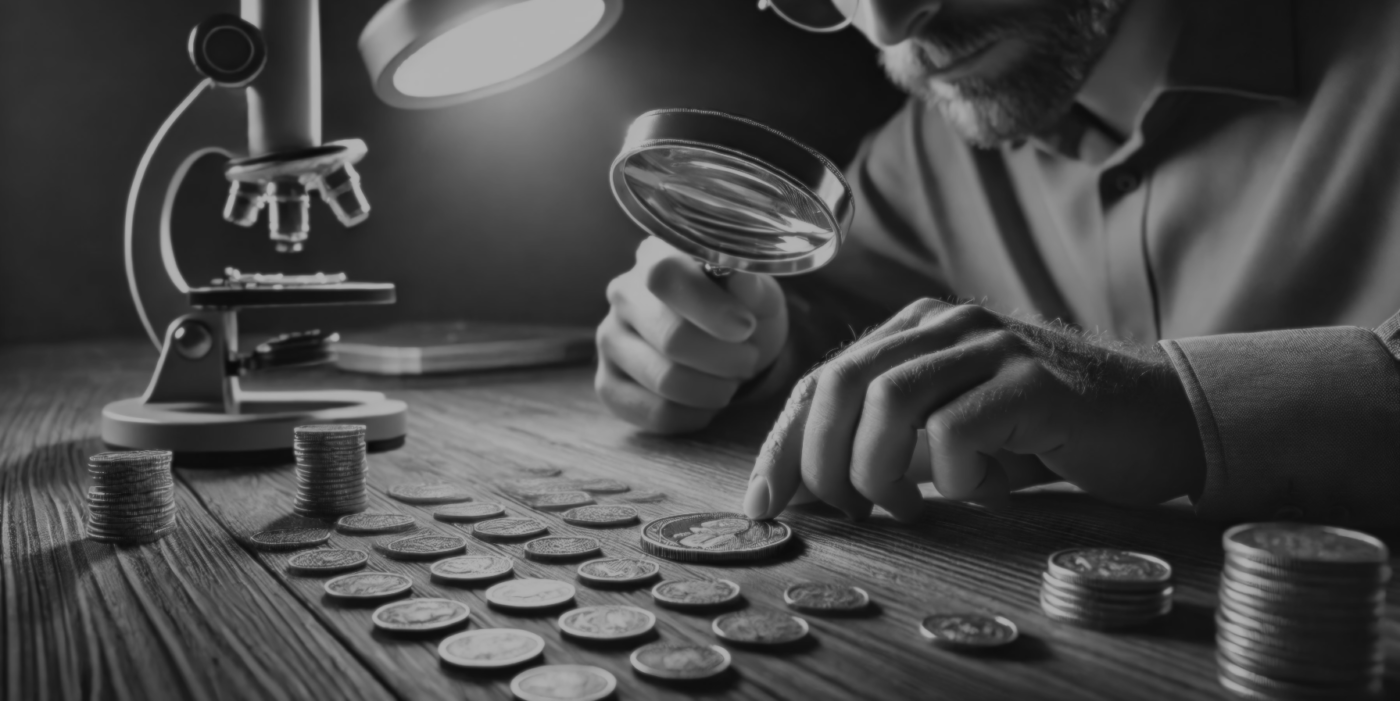Game-Changing Moments in Numismatic History: Events That Shaped Coin Collecting
🔍 Numismatics, the study and collection of coins, has a rich history filled with moments that have dramatically altered the landscape of coin collecting and currency. From groundbreaking discoveries to shifts in monetary systems, these events have left a lasting impact on the numismatic world. Here’s a look at some of the most pivotal moments that turned numismatics upside down.
1. The Introduction of Coinage by Lydia (7th Century BCE)
The first recorded use of coins as currency occurred in Lydia, an ancient kingdom in what is now Turkey, around the 7th century BCE. This innovation, under King Alyattes, revolutionized trade and set the standard for money as we know it. The Lydian coins, made of electrum and stamped with the lion symbol of the kingdom, introduced the concept of standardized value and facilitated commerce across cultures, marking the birth of numismatics.
More about the Coinage by Lydia: ( LINK )
2. The Coin Hoards of Hoxne (1992) and Staffordshire (2009)
The discovery of the Hoxne Hoard in Suffolk, England, in 1992 and the Staffordshire Hoard in 2009 are among the most significant numismatic finds of the modern era. The Hoxne Hoard, the largest hoard of late Roman gold and silver coins in Britain, shed light on Roman Britain’s economy and culture. Similarly, the Staffordshire Hoard, primarily comprising Anglo-Saxon gold, captivated the world and provided invaluable insights into early medieval England. These discoveries sparked renewed public interest in numismatics and highlighted the historical value of coins beyond their monetary worth.
3. The Establishment of the United States Mint (1792)
The creation of the U.S. Mint in 1792 was a turning point for American numismatics. With the Coinage Act of 1792, the United States standardized its currency, introducing the dollar and establishing a minting system that would set the stage for the country’s economic growth. The production of the first official U.S. coins, including the famous 1794 Flowing Hair silver dollar, marked the beginning of American coin collecting and has since become a cornerstone of the numismatic market.
4. The Great Silver Meltdown (1980)
In 1980, the price of silver skyrocketed due to the efforts of the Hunt brothers, who attempted to corner the market. As silver prices soared, people began melting down silver coins, leading to a significant loss of circulating silver coinage. This event caused a numismatic frenzy, as collectors and investors sought to preserve remaining coins, and it underscored the volatility of precious metal markets and their impact on coin values.
5. The Euro Adoption (1999-2002)
The introduction of the euro as the common currency for the Eurozone countries from 1999 to 2002 was a monumental event in modern numismatics. The euro replaced several national currencies, leading to the withdrawal of many historic coins from circulation. Collectors rushed to obtain coins from the final years of now-defunct currencies like the French franc, German mark, and Italian lira. This transition created a unique numismatic market for “last issue” coins and highlighted the role of coins in national identity.
6. The 1933 Double Eagle Controversy
One of the most famous and controversial coins in numismatic history is the 1933 Double Eagle. Initially minted but never circulated due to the Gold Reserve Act, which took the U.S. off the gold standard, these coins were ordered to be melted down. However, a few escaped into private hands, leading to legal battles over ownership. In 2002, one of these coins was sold at auction for over $7 million, making it one of the most valuable coins ever. The 1933 Double Eagle remains a symbol of numismatic intrigue and legal complexities in coin collecting.
7. The Introduction of Modern Bullion Coins (1967 and Onwards)
The introduction of modern bullion coins, such as the South African Krugerrand in 1967, the Canadian Maple Leaf in 1979, and the American Gold Eagle in 1986, marked a new era in numismatics. These coins were specifically designed for investment rather than circulation, and their popularity surged as a safe haven during economic uncertainty. They established a new market segment in coin collecting, blending the appeal of precious metals with national pride and artistic design.
8. The Emergence of Certified Coin Grading (1986)
The founding of the Professional Coin Grading Service (PCGS) in 1986 and the subsequent establishment of the Numismatic Guaranty Corporation (NGC) revolutionized the coin market. These services introduced standardized coin grading and encapsulation, providing collectors with assurance of authenticity and quality. Certified grading transformed numismatics into a more transparent and accessible hobby, reducing the risks associated with buying and selling coins and setting new standards for the industry.
Disclaimer: The information provided in this blog post is for educational purposes only and does not constitute financial or investment advice. Always conduct thorough research or consult with experts before making numismatic investment decisions.

